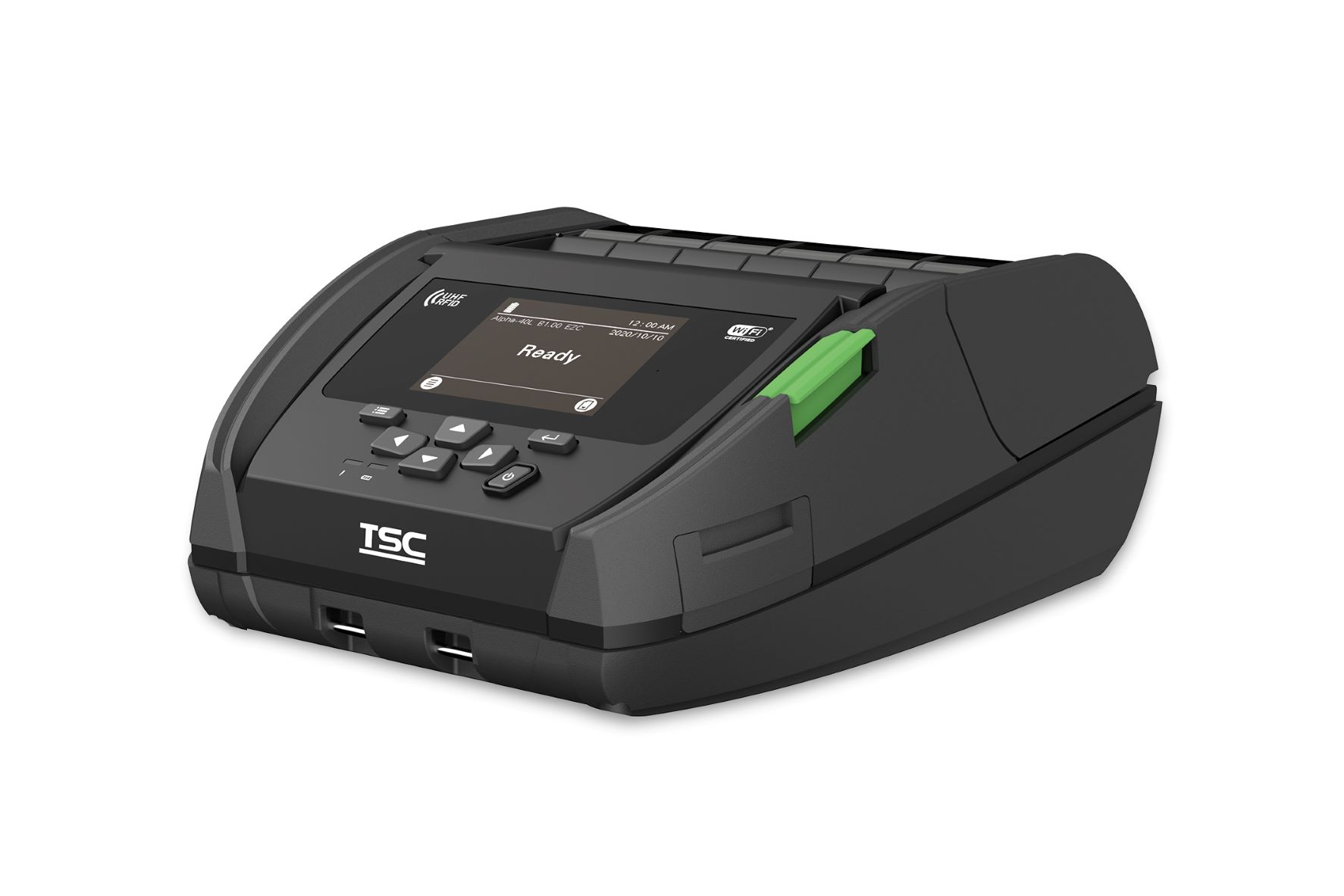Businesses across the world are struggling with a series of major crises in their supply chains, which are restricting availability and pushing costs up. Companies that supply goods, from food and drink to pharmaceuticals, can make savings and increase efficiency by making the right choice of pallet system.
In the wake of COVID, supply chains around the world are facing an unparalleled challenge caused by a combination of several issues. These include a shipping crisis, which has severely restricted availability of containers in many regions and pushed prices up to unprecedented levels around the world; intense post-lockdown competition for resources to service pent-up demand; raw material price hikes and volatility; marked energy price rises; and, in Europe, increased admin, time and cost following the completion of Brexit at the beginning of 2021. The war in Ukraine has intensified these issues further.
The situation has caused extreme pressure for businesses, requiring them to develop more adaptable and responsive strategies to cope with the changeable marketplace and, amid severe competition, squeezing their margins.
Against this background, most companies are examining their operations to make them as efficient and straightforward as possible. This means looking for transparency and reliability from their supplier partners, seeking new approaches that allow them to maintain quality, while reducing costs and increasing their all-round efficiency.
With logistics costs a major squeeze point, many businesses are investigating more financially effective ways of organising this part of their operations. This includes considering alternative supply chain models to buying pallets for transporting goods.
Maximising efficiency in pallet use is an important cornerstone in a well-run supply chain – and closed and open pooling systems both create advantages for companies using them over outright purchase of the pallets.
Closed pallet pooling is run by independent companies that own and manage a ‘pool’ of pallets, renting them to supply chain users and collecting, and maintaining and repairing them for continual reuse.
In open pallet pooling, meanwhile, companies buy pallets, and they then remain an asset until they are resold to their customer as part of the transactions for the goods they are purchasing – or exchanged for an empty pallet of equivalent value on arrival at their destination.
EPAL runs the largest open pallet pool in the world, which was founded in 1991 and now has more than 600 million EPAL Euro pallets and 20 million EPAL box pallets in circulation. Pallets are shared and reused within a network that consists of producers, manufacturers, distributors, retailers and other receiving locations, transporters, logistics service providers (LSPs) and service centres.
The size of the pool underpins its success – as this drives efficiency and means that at most delivery locations in Europe, there will be empty EPAL pallets to exchange for those bringing in the goods. The system works by exchanging pallets between the goods recipient and EPAL load carrier, reducing the costs associated with reloading. EPAL supports this process with practical handling advice.
The pool also gives companies using it access to an international network of more than 1,500 licenced pallet repairers in more than 30 countries; so damaged pallets can be collected and reconditioned/repaired before they are returned for reuse in the supply chain.
EPAL specifies repaired pallets ‘as new’, so a repaired, reused pallet guarantees the same strength – safe for loads of up to 1.25 tonnes -as a new one on its first trip. This is essential, particularly to users in high value supply chains, such as pharmaceuticals or alcoholic drinks.
All new and reconditioned EPAL pallets are manufactured from sustainable timber sources and treated to ISPM15 certified plant heath levels as standard, making them legally compliant for post-Brexit movement between the EU and UK markets, and across all international borders.
The simplicity of this open pooling allows logistics companies to focus on their core business and keep logistics low cost and straightforward. Meanwhile, the fact the open system has repair and reuse at its core make using it an important addition to companies’ sustainability efforts as they seek meet new regulatory requirements that encourage circular economic activity. These include the Extended Producer Responsibility Regulations (2024), and the UK 2050 net zero target and interim target of a 78% reduction on 1990 levels by 2035.
Added to these, pallets that are manufactured from wood are still the most economic option. While the current climate has pushed the price of timber up, other raw materials have seen price rises, too. This, together with the above advantages of the open pooling model will be a decisive factor for many goods businesses as they seek to drive efficiency and cost savings in the post-pandemic world.







 James Ryan (JR): We brought out our original column protector in 1998, and so as much as we’ve sold them for years and years, we’ve also seen their shortcomings, one of which was that in two sides the products is incredibly flexible, but if you have a seam between two sides you’ve got two sides that are stiff. Everyone whose came behind us have done the same thing, and so we sought to create a product that would protect columns on all four sides by presenting an equal face. When we did that we also created a four-part modular system that also could grow or shrink to fit exactly the column. So we created that and called it the Column Sentry FIT because it was literally a good fit.
James Ryan (JR): We brought out our original column protector in 1998, and so as much as we’ve sold them for years and years, we’ve also seen their shortcomings, one of which was that in two sides the products is incredibly flexible, but if you have a seam between two sides you’ve got two sides that are stiff. Everyone whose came behind us have done the same thing, and so we sought to create a product that would protect columns on all four sides by presenting an equal face. When we did that we also created a four-part modular system that also could grow or shrink to fit exactly the column. So we created that and called it the Column Sentry FIT because it was literally a good fit.